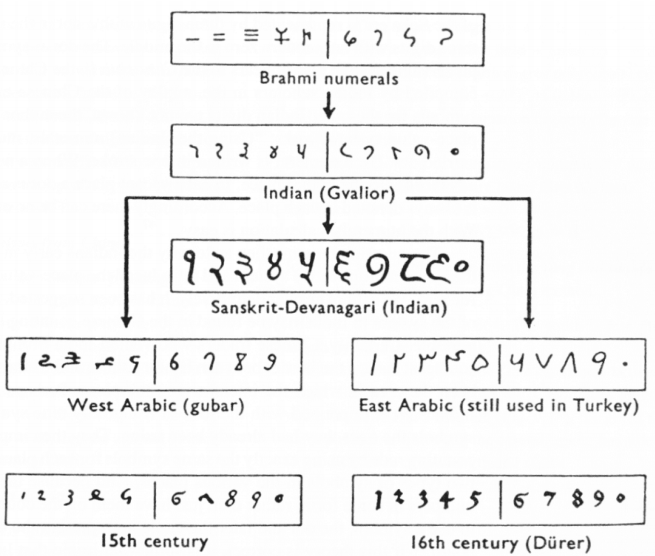Resource Key
When accessing content use the numbers below to guide you:




LEVEL 1
brief, basic information laid out in an easy-to-read format. May use informal language. (Includes most news articles)

LEVEL 2
provides additional background information and further reading. Introduces some subject-specific language.

LEVEL 3
lengthy, detailed information. Frequently uses technical/subject-specific language. (Includes most analytical articles)
Databases
-
Britannica Schools This link opens in a new window
 Britannica School covers the core subject areas of English, Maths, Science and History. Interactive lessons, activities, games, stories, worksheets, manipulatives, study guides and research tools.
Britannica School covers the core subject areas of English, Maths, Science and History. Interactive lessons, activities, games, stories, worksheets, manipulatives, study guides and research tools.
-
World Book Encyclopedia This link opens in a new window
 Online version of the complete reference work along with dictionary, atlas, links, magazines, historical documents, audio, video, images, and 3D photograph
Online version of the complete reference work along with dictionary, atlas, links, magazines, historical documents, audio, video, images, and 3D photograph
The Progression of Numerals

Katz. (no date). Figure 14 [online image]. https://courses.lumenlearning.com/waymakermath4libarts/chapter/the-hindu-arabic-number-system/#footnote-1958-11
Why does the West use Arabic numerals?
Arabic Numerals Links
-
Burnett, Charles. (2005). Leonard of Pisa (Fibonacci) and Arabic arithmetic. https://muslimheritage.com/leonard-of-pisa-fibonacci-and-arabic-arithmetic/Professor Charles Burnett argues that Fibonacci failed to give adequate recognition to other sources of learning which he took from to produce his Liber Abacci. These other sources were translations of Arabic works from Toledo and Sicily.
-
Devlin, Keith. (2013). The man of numbers: Fibonacci's arithmetic revolution [excerpt]. https://www.scientificamerican.com/article/the-man-of-numbers-fibona/Before the 13th century Europeans used Roman numerals to do arithmetic. Leonardo of Pisa, better known today as Fibonacci, is largely responsible for the adoption of the Hindu–Arabic numeral system in Europe, which revolutionized not only mathematics but commerce and trade as well. How did the system spread from the Arab world to Europe, and what would our lives be without it?
-
Norman, Jeremy. (2004-2021). Fibonacci introduces Arabic numerals to the European public and describes the Fibonacci Sequence. https://www.historyofinformation.com/detail.php?id=236Short, simple information about how and when Fibonacci published his book.
-
NPR. (2011). Fibonacci's 'Numbers': the man behind the math. https://www.npr.org/2011/07/16/137845241/fibonaccis-numbers-the-man-behind-the-mathBefore the advent of modern arithmetic in the 13th century, basic calculations required a physical abacus. But then came a young Italian mathematician named Leonardo da Pisa...
-
O'Connor, J.J and Robertson, E.F. (2001). The Arabic numeral system. https://mathshistory.st-andrews.ac.uk/HistTopics/Arabic_numerals/An in-depth exploration of Arabic numerals.

